一,安装mysql
如果是windows 用户,mysql 的安装非常简单,直接下载安装文件,双击安装文件一步一步进行操作即可。
Linux 下的安装可能会更加简单,除了下载安装包进行安装外,一般的linux 仓库中都会有mysql ,我们只需要通过一个命令就可以下载安装:
Ubuntu\deepin
>>sudo apt-get install mysql-server
>>Sudo apt-get install mysql-client
centOS/redhat
>>yum install mysql
二,安装MySQL-python
要想使python可以操作mysql 就需要MySQL-python驱动,它是python 操作mysql必不可少的模块。
下载地址:MySQL-python · PyPI
下载MySQL-python-1.2.5.zip 文件之后直接解压。进入MySQL-python-1.2.5目录:
>>python setup.py install
三,测试
测试非常简单,检查MySQLdb 模块是否可以正常导入。
fnngj@fnngj-H24X:~/pyse$ python
Python 2.7.4 (default, Sep 26 2013, 03:20:56)
[GCC 4.7.3] on linux2
Type "help", "copyright", "credits" or "license" for more information.
>>> import MySQLdb没有报错提示MySQLdb模块找不到,说明安装OK ,下面开始使用python 操作数据库之前,我们有必要来回顾一下mysql的基本操作:
四,mysql 的基本操作
$ mysql -u root -p (有密码时)
$ mysql -u root (无密码时)
mysql> show databases; // 查看当前所有的数据库
+--------------------+
| Database |
+--------------------+
| information_schema |
| csvt |
| csvt04 |
| mysql |
| performance_schema |
| test |
+--------------------+
6 rows in set (0.18 sec)mysql> use test; //作用与test数据库
Database changed
mysql> show tables; //查看test库下面的表
Empty set (0.00 sec)//创建user表,name 和password 两个字段
mysql> CREATE TABLE user (name VARCHAR(20),password VARCHAR(20)); Query OK, 0 rows affected (0.27 sec)//向user表内插入若干条数据
mysql> insert into user values('Tom','1321');
Query OK, 1 row affected (0.05 sec)mysql> insert into user values('Alen','7875');
Query OK, 1 row affected (0.08 sec)mysql> insert into user values('Jack','7455');
Query OK, 1 row affected (0.04 sec)//查看user表的数据
mysql> select * from user;
+------+----------+
| name | password |
+------+----------+
| Tom | 1321 |
| Alen | 7875 |
| Jack | 7455 |
+------+----------+
3 rows in set (0.01 sec)//删除name 等于Jack的数据
mysql> delete from user where name = 'Jack';
Query OK, 1 rows affected (0.06 sec)//修改name等于Alen 的password 为 1111
mysql> update user set password='1111' where name = 'Alen';
Query OK, 1 row affected (0.05 sec)
Rows matched: 1 Changed: 1 Warnings: 0//查看表内容
mysql> select * from user;
+--------+----------+
| name | password |
+--------+----------+
| Tom | 1321 |
| Alen | 1111 |
+--------+----------+
3 rows in set (0.00 sec)五,python 操作mysql数据库基础
#coding=utf-8
import MySQLdbconn= MySQLdb.connect(host='localhost',port = 3306,user='root',passwd='123456',db ='test',)
cur = conn.cursor()#创建数据表
#cur.execute("create table student(id int ,name varchar(20),class varchar(30),age varchar(10))")#插入一条数据
#cur.execute("insert into student values('2','Tom','3 year 2 class','9')")#修改查询条件的数据
#cur.execute("update student set class='3 year 1 class' where name = 'Tom'")#删除查询条件的数据
#cur.execute("delete from student where age='9'")cur.close()
conn.commit()
conn.close()>>> conn = MySQLdb.connect(host='localhost',port = 3306,user='root', passwd='123456',db ='test',)
Connect() 方法用于创建数据库的连接,里面可以指定参数:用户名,密码,主机等信息。
这只是连接到了数据库,要想操作数据库需要创建游标。
>>> cur = conn.cursor()
通过获取到的数据库连接conn下的cursor()方法来创建游标。
>>> cur.execute("create table student(id int ,name varchar(20),class varchar(30),age varchar(10))")
通过游标cur 操作execute()方法可以写入纯sql语句。通过execute()方法中写如sql语句来对数据进行操作。
>>>cur.close()
cur.close() 关闭游标
>>>conn.commit()
conn.commit()方法在提交事物,在向数据库插入一条数据时必须要有这个方法,否则数据不会被真正的插入。
>>>conn.close()
Conn.close()关闭数据库连接
六,插入数据
通过上面execute()方法中写入纯的sql语句来插入数据并不方便。如:
>>>cur.execute("insert into student values('2','Tom','3 year 2 class','9')")
我要想插入新的数据,必须要对这条语句中的值做修改。我们可以做如下修改:
#coding=utf-8
import MySQLdbconn= MySQLdb.connect(host='localhost',port = 3306,user='root',passwd='123456',db ='test',)
cur = conn.cursor()#插入一条数据
sqli="insert into student values(%s,%s,%s,%s)"
cur.execute(sqli,('3','Huhu','2 year 1 class','7'))cur.close()
conn.commit()
conn.close()假如要一次向数据表中插入多条值呢?
#coding=utf-8
import MySQLdbconn= MySQLdb.connect(host='localhost',port = 3306,user='root',passwd='123456',db ='test',)
cur = conn.cursor()#一次插入多条记录
sqli="insert into student values(%s,%s,%s,%s)"
cur.executemany(sqli,[('3','Tom','1 year 1 class','6'),('3','Jack','2 year 1 class','7'),('3','Yaheng','2 year 2 class','7'),])cur.close()
conn.commit()
conn.close()executemany()方法可以一次插入多条值,执行单挑sql语句,但是重复执行参数列表里的参数,返回值为受影响的行数。
七,查询数据
也许你已经尝试了在python中通过
>>>cur.execute("select * from student")
来查询数据表中的数据,但它并没有把表中的数据打印出来,有些失望。
来看看这条语句获得的是什么
>>>aa=cur.execute("select * from student")
>>>print aa
5
它获得的只是我们的表中有多少条数据。那怎样才能获得表中的数据呢?进入python shell
>>> import MySQLdb
>>> conn = MySQLdb.connect(host='localhost',port = 3306,user='root', passwd='123456',db ='test',)
>>> cur = conn.cursor()
>>> cur.execute("select * from student")
5L
>>> cur.fetchone()
(1L, 'Alen', '1 year 2 class', '6')
>>> cur.fetchone()
(3L, 'Huhu', '2 year 1 class', '7')
>>> cur.fetchone()
(3L, 'Tom', '1 year 1 class', '6')
...
>>>cur.scroll(0,'absolute') fetchone()方法可以帮助我们获得表中的数据,可是每次执行cur.fetchone() 获得的数据都不一样,换句话说我没执行一次,游标会从表中的第一条数据移动到下一条数据的位置,所以,我再次执行的时候得到的是第二条数据。
scroll(0,'absolute') 方法可以将游标定位到表中的第一条数据。
还是没解决我们想要的结果,如何获得表中的多条数据并打印出来呢?
#coding=utf-8
import MySQLdbconn= MySQLdb.connect(host='localhost',port = 3306,user='root',passwd='123456',db ='test',)
cur = conn.cursor()#获得表中有多少条数据
aa=cur.execute("select * from student")
print aa#打印表中的多少数据
info = cur.fetchmany(aa)
for ii in info:print ii
cur.close()
conn.commit()
conn.close()通过之前的print aa 我们知道当前的表中有5条数据,fetchmany()方法可以获得多条数据,但需要指定数据的条数,通过一个for循环就可以把多条数据打印出啦!执行结果如下:
5
(1L, 'Alen', '1 year 2 class', '6')
(3L, 'Huhu', '2 year 1 class', '7')
(3L, 'Tom', '1 year 1 class', '6')
(3L, 'Jack', '2 year 1 class', '7')
(3L, 'Yaheng', '2 year 2 class', '7')
[Finished in 0.1s]
作为一个软件测试的过来人,我想尽自己最大的努力,帮助每一个伙伴都能顺利找到工作。所以我整理了下面这份资源,现在免费分享给大家,有需要的小伙伴可以关注【公众号:开心螺蛳粉】自提!
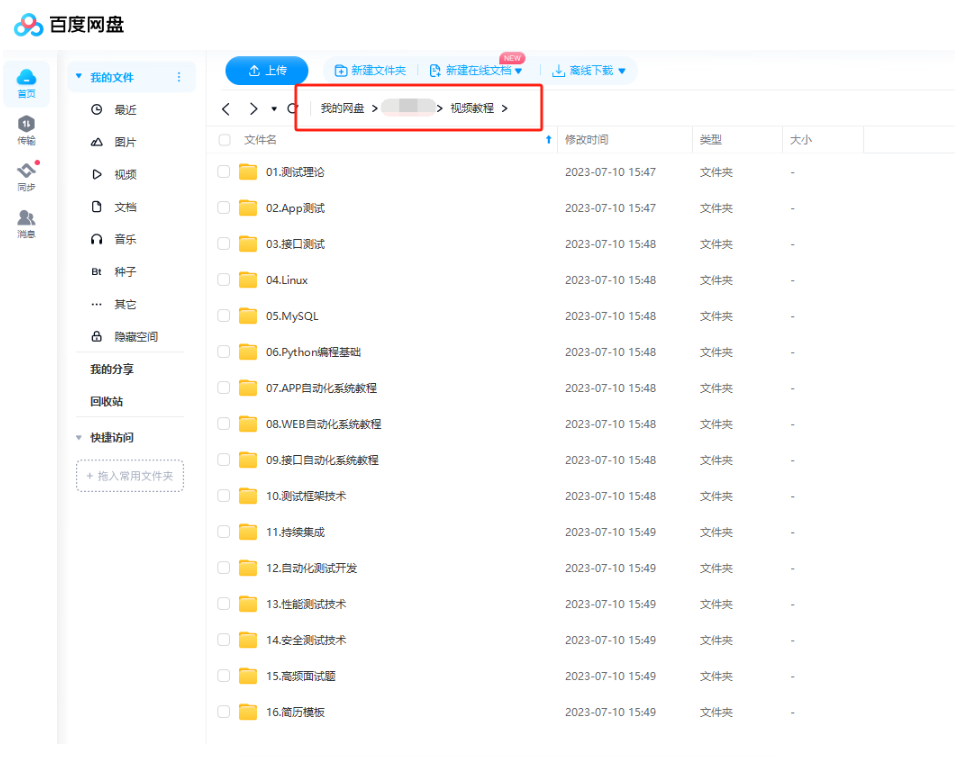
软件测试面试文档
我们学习必然是为了找到高薪的工作,下面这些面试题是来自阿里、腾讯、字节等一线互联网大厂最新的面试资料,并且有字节大佬给出了权威的解答,刷完这一套面试资料相信大家都能找到满意的工作。

行动吧,在路上总比一直观望的要好,未来的你肯定会感谢现在拼搏的自己!如果想学习提升找不到资料,没人答疑解惑时,请及时加入群:1150305204,里面有各种测试开发资料和技术可以一起交流哦。


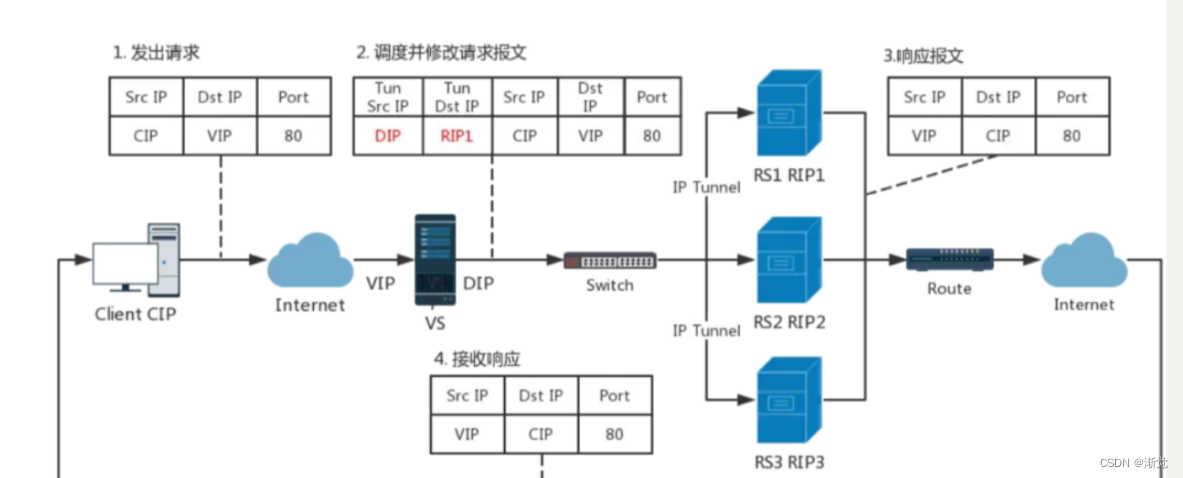

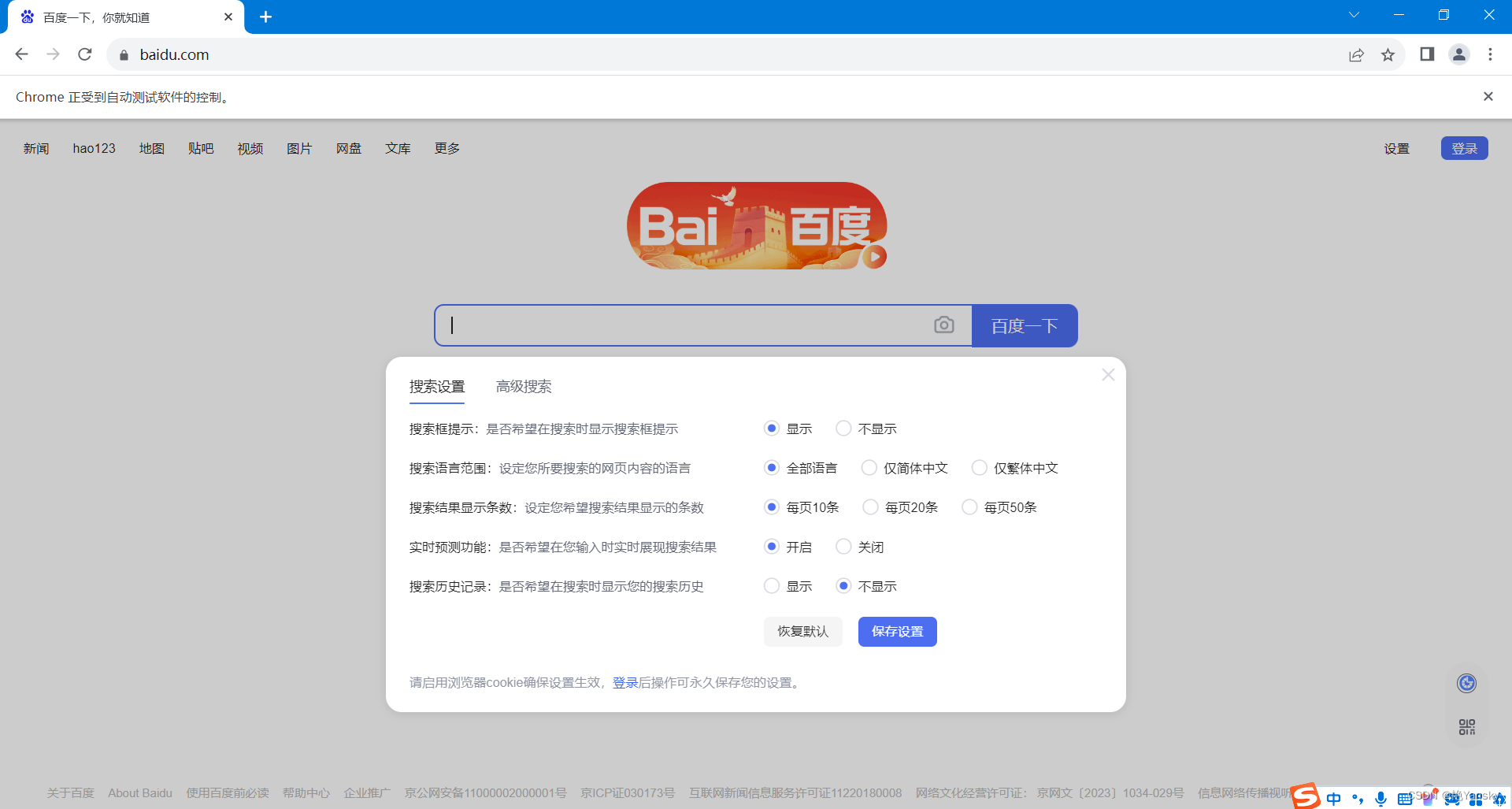


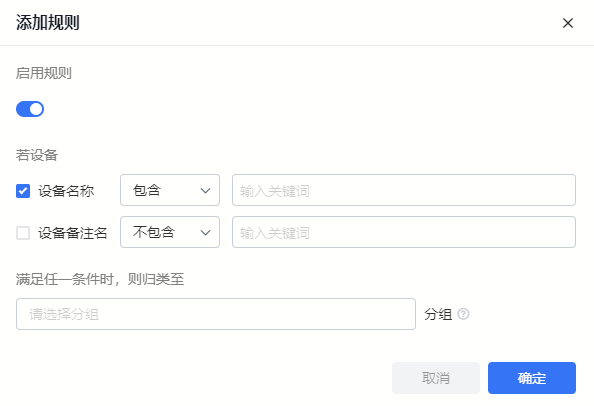

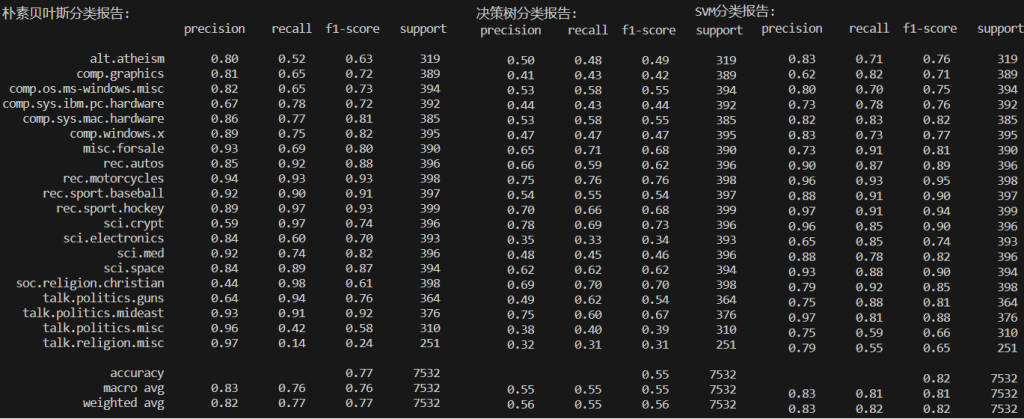
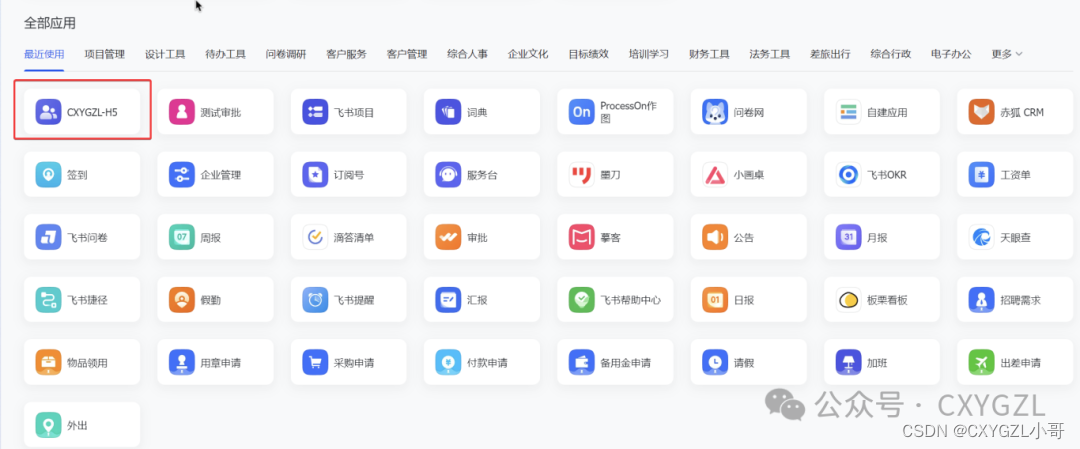
![docker ENTRYPOINT [“sh“,“-c“,“java“,“-jar“,“Hello.jar“] 启动失败问题分析](https://img-blog.csdnimg.cn/direct/5a78147afc9a46f7b3ddb5fabeb33b20.png)